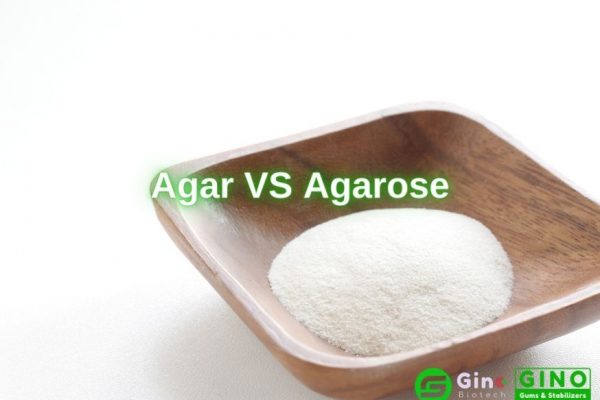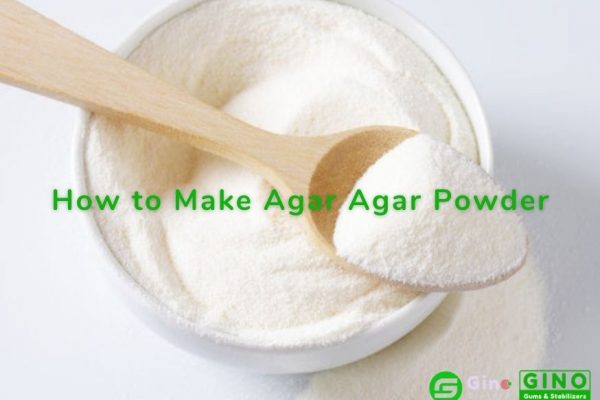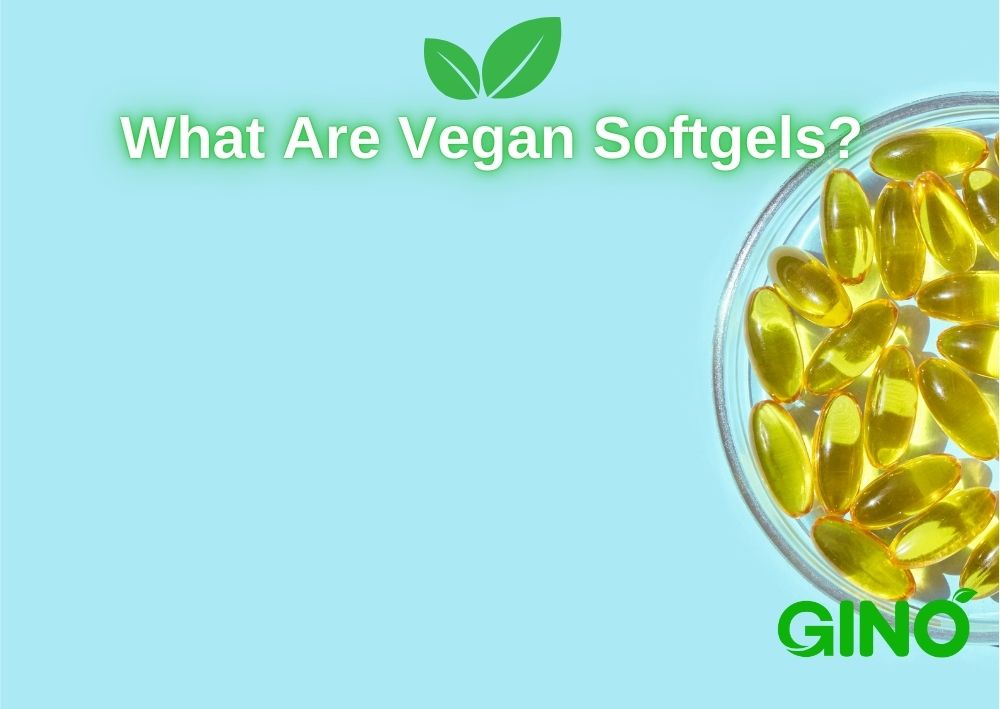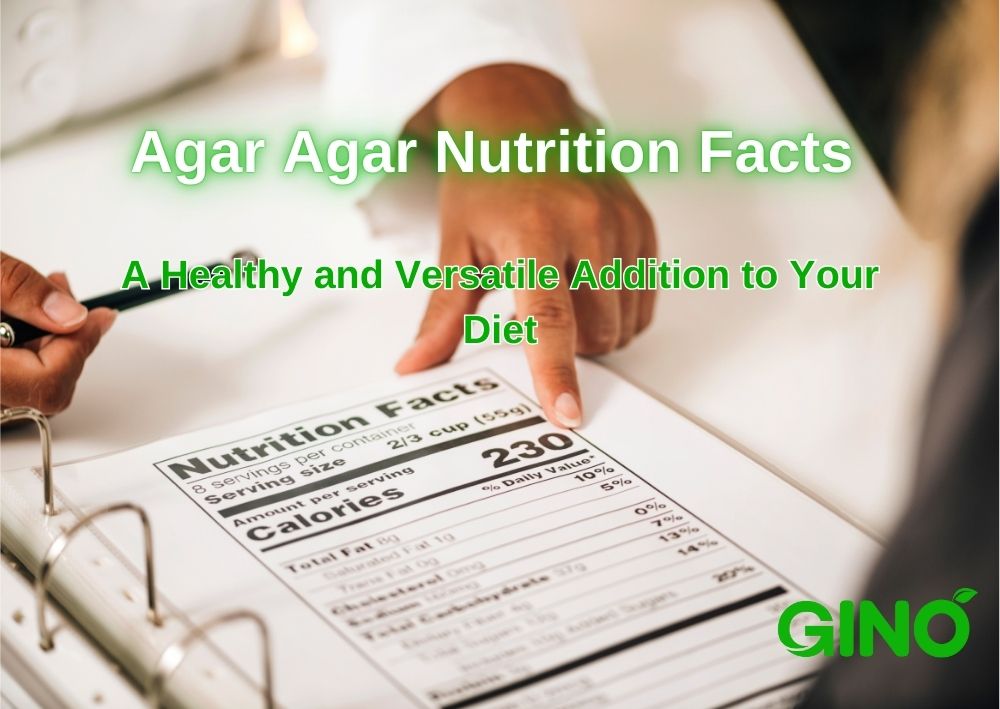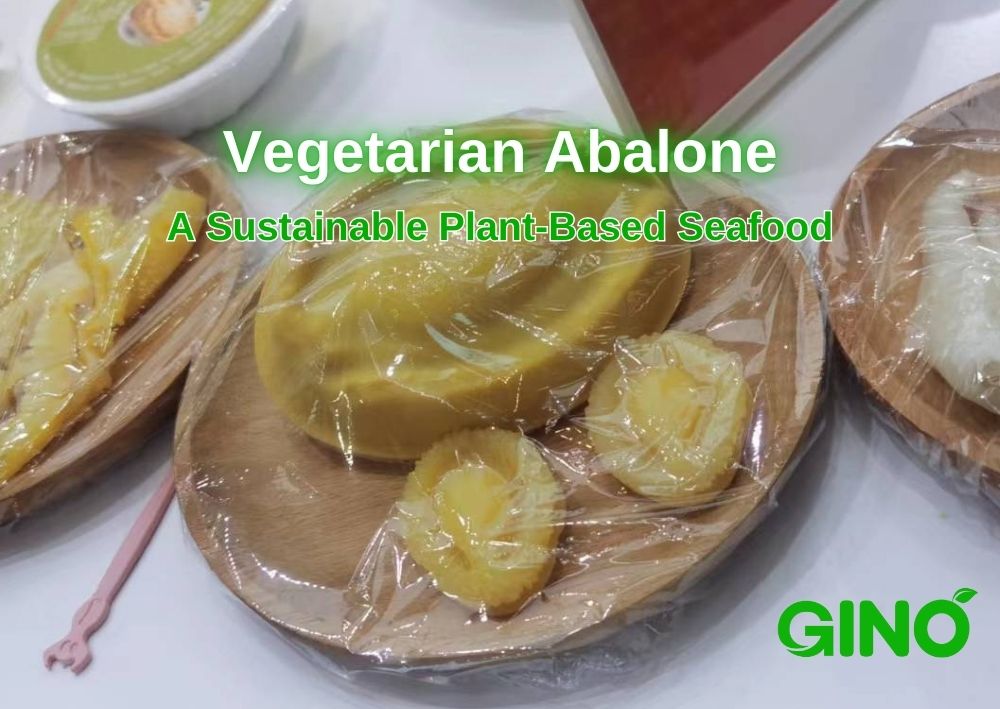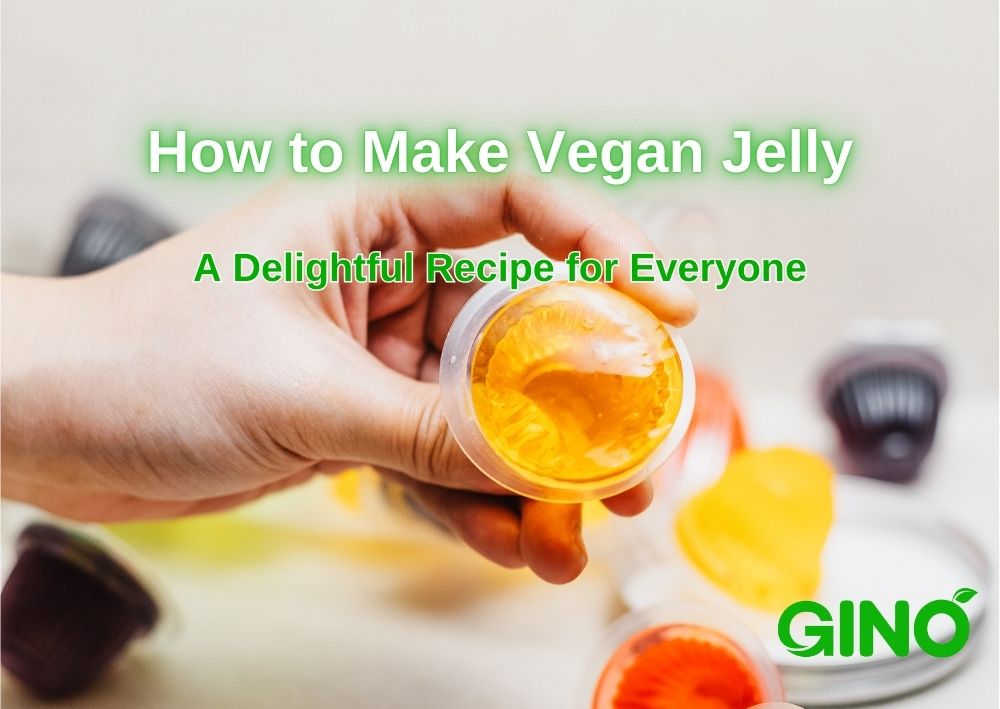Há mais de 10 anos que a Gino Biotech é um dos principais fornecedores de hidrocolóides alimentares. Com a nossa variedade de gomas e estabilizadores à base de plantas, podemos criar soluções hidrocolóides à medida, perfeitamente adaptadas às necessidades dos nossos clientes. LER MAIS
E406 Agar Gel Strength Test Method | How to Test the Gel Strength of Agar
Agar Gel Strength Test Method
Facebook
Twitter
LinkedIn
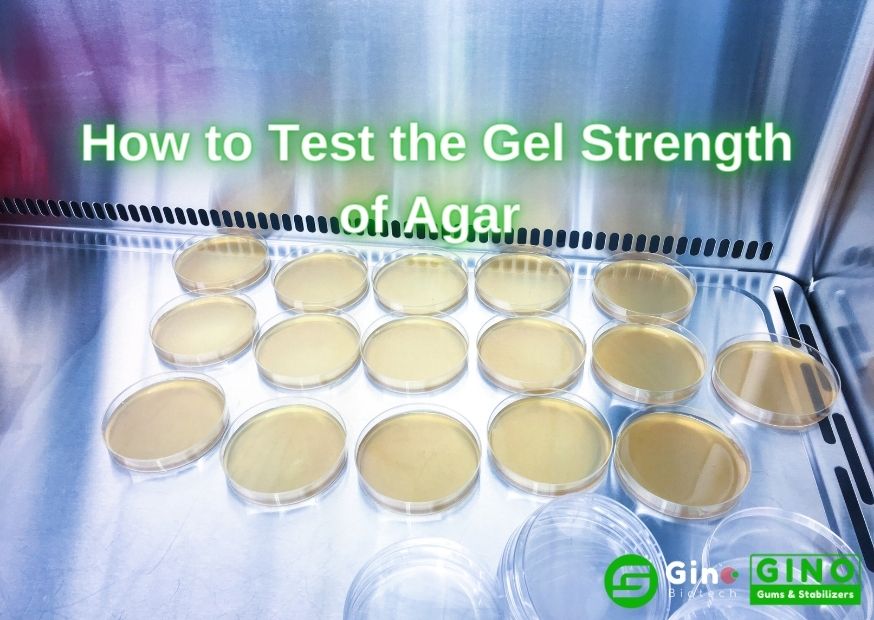
Agar is a hydrocolloid derived from natural marine red seaweed and is often used as a gelling agent in the food industry and scientific laboratories.
Agar has a high gel strength and it forms a strong and stable gel structure when cooled.
Agar gel strength is mainly determined by the concentration of the agar solution and the temperature at which it is cooled. The higher the concentration of agar and the lower the cooling temperature, the stronger the gel will be.
Overall, the advantage of the high gel strength of agar makes it an increasingly versatile and widely used product in the food industry and scientific research.
Maybe you are curious about how agar gel strength is measured, so today we will introduce in detail the equipment and methods needed to test the agar gel strength.

1. Equipment and Appliances for Agar Gel Strength Testing

Electronic balance (accuracy 0.001g) | Electronic balance (accuracy: 0.1g) | Multi-head magnetic stirrer |
Pharmacist balance | A set of matching weights (1000g*1, 500g*1, 200g*2, 100g*1, 50g*1, 20g*2, 10g *1, 5g*1) | Constant temperature and humidity incubator |
Magnetic stirrer | Flat cover (dish: 90 mm in diameter) | Beaker: 300 mL |
Note
The recipe is for reference only, the ingredients and their additions can be adjusted appropriately according to the actual situation.
It is not enough to have a vegan gummy recipe, because the production of gummies is not an easy task, and improper handling can easily cause various quality problems.
Next, we will tell you in detail how you should proceed with the manufacturing of vegan gummies according to the above recipe.
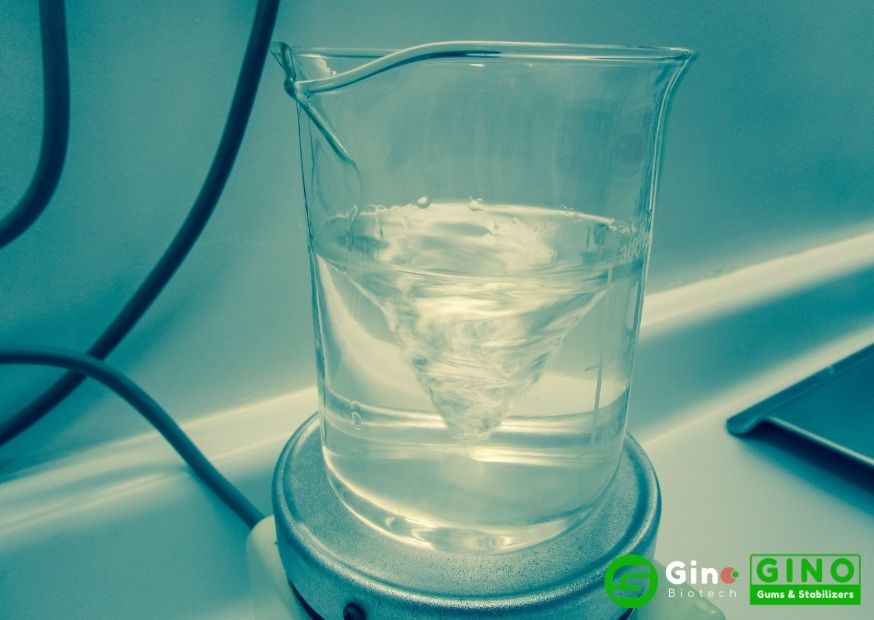
2. How to Test the Gel Strength of Agar Step by Step
Weigh 1.50g (accurate to 0.001) agar powder in a weighted 300mL beaker, add 106.5g ± 0.5g distilled water, and place on a magnetic stirrer to heat and stir. Keep the solution boiling twice. Each time you boil, rinse the agar powder on the wall with a spoon filled with the test solution to ensure that the agar powder is fully dissolved.
After boiling twice, weigh to ensure that the weight of the test solution reaches 101g ± 0.8g.
Pour the solution into the upper cover of the 90mm diameter culture dish, and let it stand at room temperature (the gel weight is about 92g±1g), buckle it on the slide and put it into the 20°C constant temperature and humidity box for 4h-8h and then measure.
(1) Place the weight of the estimated strength equivalent weight on the right plate of the balance, press the left plate by hand, then put the sample on the left plate, and make the probe (cross-sectional area 1.0g/cm2) contact the surface of the gel. If the gel is not deformed in a short time, start timing with a stopwatch
(2) According to the reading of the stopwatch, by increasing or decreasing the weight (small to large), read the weight of the weight when the gel surface is broken at 13.5±1 seconds; measure at least 2 breaking points, and calculate the average value “M”
(3) Weigh the culture dish and the weight of the gel “m”
Calculation of results Gel strength (g/cm2) = (M-m)/1
In the formula:
M: measurement weight required for 13.5±1s, g; m: culture dish and gel weight, g;
1: probe surface area, cm2.

3. Simplified Version of Agar Gel Strength Test Method
There are many agar factories around the world, and the testing methods for agar gel strength vary, as do the testing environments.
Therefore, even if the same sample is tested by different laboratories, the results will not be exactly the same.
Here is a simplified version of the agar gel strength test method
1. Weigh 3g of agar, put it in a 400ml beaker, and add 230 ml of distilled water.
2. Heat it in the electric stove, stirring to dissolve it completely, so that the final content is 1.5%.
3. Pour the dissolved glue solution into the quantitative container, let the glue solution cool down and put it into the thermostat, and leave it at a constant temperature of 20℃ for 4-8 hours.
4. Use the gelometer to measure its strength. The sum of the weight added to the pressure lever is the gel strength of agar.
If you would like more information about agar, such as agar production, testing methods, and industry standards, click the below button to contact our team.
Contactar a nossa equipaRecent Posts
Sobre a Gino Biotech

Somos uma empresa biotecnológica especializada na investigação, desenvolvimento e comercialização de aditivos alimentares inovadores e tecnológicos hidrocolóides Ágar-ágar, Carragenina, e Soluções de estabilizadores feitas à medida.
Com o know-how alargado e a experiência na investigação, aplicação e utilização de hidrocolóides, podemos fornecer um balcão único soluções personalizadas perfeitamente adaptados às necessidades dos nossos clientes.
O nosso produtos cobrem as necessidades dos sectores da carne, dos lacticínios, da panificação, da confeitaria e de outros sectores industriais.
Contacte o nosso representante de vendas para mais informações.



